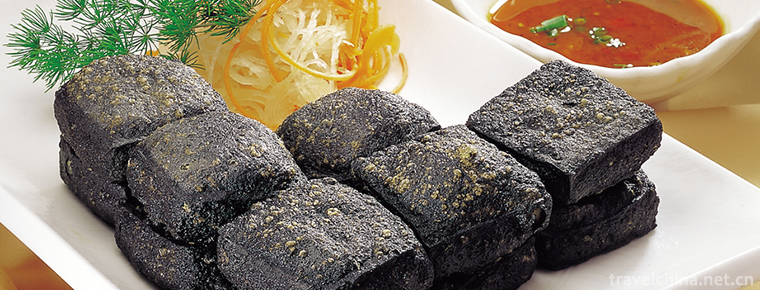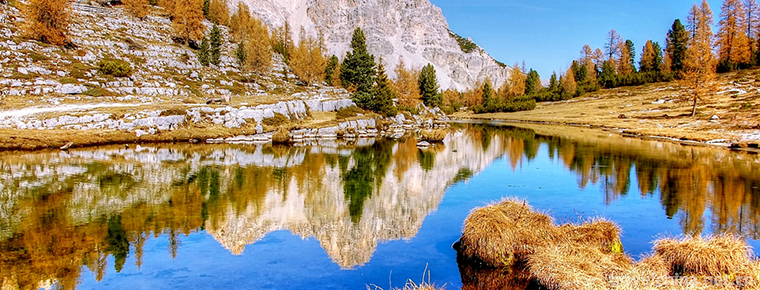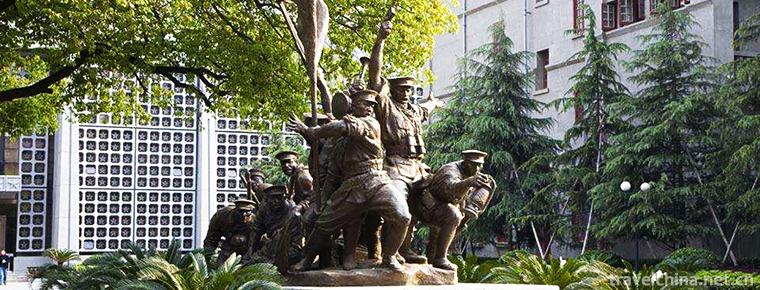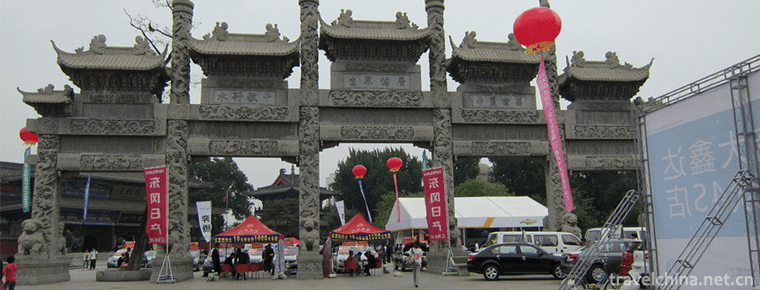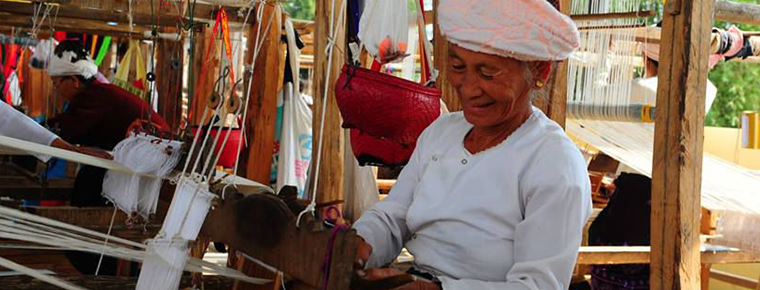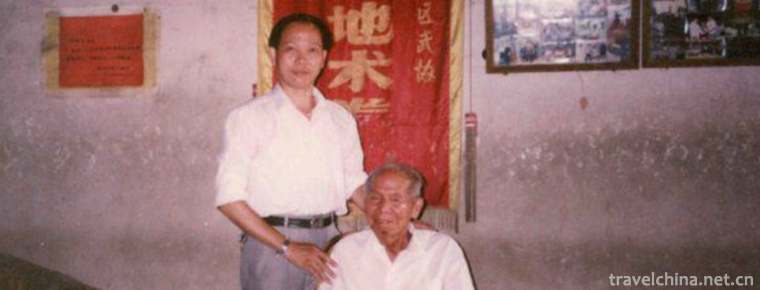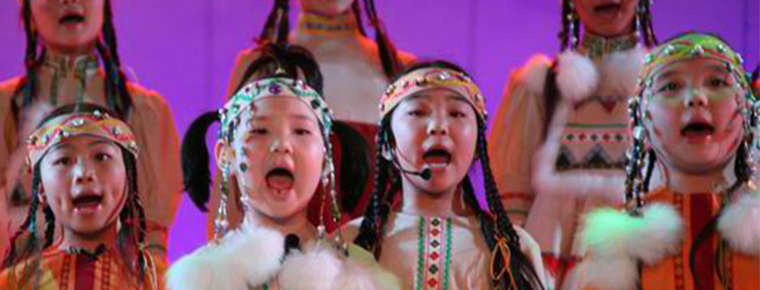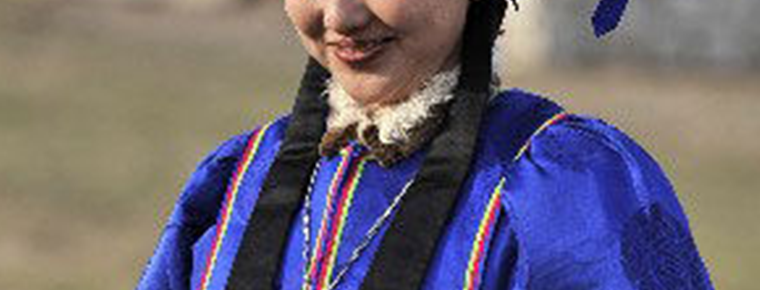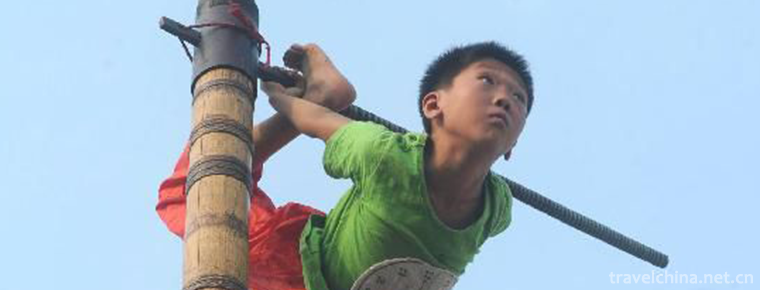Gesar
Gesar
Gesar (Sr) came into being in the second half of the 17th century and spread among the Mongolian people in Mongolia, Liaoning, Jilin, Heilongjiang, Qinghai, Gansu, Xinjiang and other provinces and regions in China. It is mainly spread abroad in Mongolia, the Republic of Buryat of Russia and the places where Karmek people live. There are two modes of transmission: oral singing and handwritten copies. Rhyme is the basic form of oral singing while prose is the basic form of manuscript. Under the broad background, the epic narrates the hero Gusser's achievements in his life with great momentum and exquisite artistic skills.
A Brief Introduction to Gesar
The thousand-year-old epic Gesar is also called The Biography of King Gesar. Mainly spread to Tibetan, Mongolian, Tu, Yugu, Naxi, Pumi and other nationalities in the Qinghai-Tibet Plateau of China, the heroic achievements of King Gesar's descent into the lower boundaries, demonization, restraint of strength and support of weakness, unification of various ministries, and finally return to the Heavenly Kingdom are described by word of mouth.
Gesar is the longest epic ever found in the world. It is not only the melting pot of ethnic cultural diversity, but also the witness of the sustainable development of multi-ethnic folk culture. This oral epic, shared by many nationalities, is the crystallization of pastoral nomadic culture and represents the highest achievement of ancient Tibetan and Mongolian folk culture and oral narrative art. Numerous minstrels have been singing and performing about it for generations. It has a long history, magnificent structure, vast volumes, rich content, magnificent momentum and wide spread. As an immortal heroic epic, Gesar (Si) Er was produced and developed on the basis of rich folk literature such as ancient Tibetan myths, legends, poems and proverbs. It provides valuable primitive social forms and abundant information and represents the ancient Tibetan culture. The highest achievement is also a visualized ancient Tibetan history.
Historical legends
The biography of King Gesar tells the story of a long time ago, natural disasters and man-made disasters spread all over Tibet, demons and monsters ran rampant, and the people of Li suffered from severe poisoning. The Goddess of Mercy Bodhisattva asked Amitabha to send the Son of God down to the earth for the purpose of crossing the sea of suffering for all living beings. The Son of God pushed Bagawa to Tibet to become the king of black-haired Tibetans, namely King Gesar. In order to enable Gesar to fulfill the sacred mission of demon surrender, strength support and weakness, and benefit the people, the authors of the epic endowed him with special character and extraordinary talent, and portrayed him as a half-man and half-god hero of God, Dragon and Nian (a kind of fierce God in Tibetan primitive religion). When Gesar came to the world, he was framed many times, but because of his own strength and the protection of the gods, he was not poisoned, but killed the demons and ghosts of the victims.
From the day of his birth, Gesar began to eliminate harms for the people and benefit the people. At the age of 5, Gesar and his mother moved to the Bank of the Yellow River. At the age of 8, the Ling tribe also moved to this place. At the age of 12, Gesar won the tribal horse race and the throne, and married Mori Jiangzhu Mu as his concubine. From then on, Gesar began to exert his power of heaven, expedite the East and the west, fight in all directions, subdued the northern demons invading the ridge country, defeated the white tent king of Hall, King Sadan of Jiang, King Xinchi of Menyuan, King Nor of Dashi, King Chidan of Kachesongshi, King Togui of Zhugu and so on, and successively subdued dozens of "clans" (ancient tribes and small Gang countries of Tibetans) in the world. After the demon, Gesar's merits and virtues were perfect, and he returned to the heavens with his mother, Gom, Princess Sen, Jiang Zhumu, and so on. The magnificent epic Biography of King Gesar came to an end.
Gesar's Characteristics
Gesar (Styre) Singing in the Folk
Compared with some famous epics in the world, such as Homer's epic in ancient Greece, Ramayana in India and Brado on the Mohe River, the Biography of King Gesar has several distinct features:
1. The Biography of King Gesar is a living epic. Epic poems are still living among the people and widely circulated on the Qinghai-Tibet Plateau. The excellent folk rappers, known as "strange people", have sung in different styles from ancient times to the present.
2. The Biography of King Gesar is the longest epic in the world. According to the collected data, the biography of King Gesar has more than 120 volumes, more than one million lines and more than 20 million words. From the word count alone, it is far more than the sum of the world's most famous epics. Homer's epic Iliad consists of 24 volumes, 15693 lines, and Odysseus is also 24 volumes, 12110 lines. The whole book of the Indian epic Ramayana is divided into seven parts. There are about 24,000 lines in the old book. According to Indian calculation, there are two lines in one song, totaling 48,000 lines. The latest fine textbooks have been compressed to 18550 eulogies, more than 37000 lines. The Mahabharata is a very rich epic. The book is divided into 18 chapters. Generally speaking, there are 100,000 eulogies and more than 200,000 lines of poetry. Before the biography of King Gesar was discovered and recognized by the outside world, it was regarded as the longest epic in the world.
3. Shaped hundreds of characters. Among them, both positive heroes and negative tyrants, whether men or women, old people or young people, are depicted with distinct personality and outstanding image, leaving an indelible impression on people, especially on the heroes led by Gesar, which has become an immortal model in the history of Tibetan literature. It is one of the characteristics of Gesar's epic poems to portray the characters through their own language, actions and story plots. Therefore, although there are many characters, they do not give people the same and conceptual feeling. It is also about heroes, but they are different. Gesar is a visionary and leader, while Wang, the chief executive, is witty, benevolent and elder. Jiacha was written with courage and courage, while Danma was both wise and brave. Everyone has outstanding personality and distinct images: the creation of women's images is the most beautiful language, and the characters are vivid.
Contents of Gesar
From the story structure of King Gesar's Biography, we can see that there are two major historical periods in the history of Tibetan social development. They include nearly a hundred tribes, States and regions, large and small, thousands of miles in length, with broad connotation and magnificent structure. They are mainly divided into three parts: first, the birth of Gesar; second, the war, the process of Gesar's subjugation of demons. Third, the end, that is, Gesar returns to heaven. Among the three parts, the second part is the most abundant and magnificent. In addition to the four famous history of demon fall - "Northern demon fall", "Huoling War", "Defending the Salt Sea" and "Menling War", there are 18 large, 18 middle and 18 small clans, each important story and each war constitute a relatively independent epic.
From generation, basic stereotyping to continuous evolution, epic contains all the original core of Tibetan culture. In the process of continuous evolution, it also integrates all the Tibetan knowledge of history, society, nature, science, religion, morality, custom, culture and art of different times. It has high academic value, aesthetic value and appreciation value. It is a study of the social history of ancient Tibetans. An encyclopedia on class relations, ethnic exchanges, moral concepts, folk customs, folk culture and other issues is known as the "Homer Epic of the East".
Inheritance value
Gesar is the main carrier of religious beliefs, indigenous knowledge, folk wisdom, ethnic memory and mother tongue expression of the relevant ethnic communities. It is the source of inspiration for traditional folk art creation such as Thangka, Tibetan opera, playing and singing, as well as the source of modern art forms. For thousands of years, epic artists have been playing the roles of telling history, conveying knowledge, standardizing behavior, maintaining community and regulating life, and educating ethnic members moderately with epics. Epic singing has the functions of expressing national feelings, promoting social interaction, adhering to traditional beliefs, strengthening national identity, values and influencing folk aesthetic orientation.
The dissemination of Gesar in multi-ethnic areas is not only an important link to inherit national culture and cohesion of national spirit, but also a vivid witness to the exchanges and mutual understanding between different nationalities. In addition, the epic also spread to Mongolia, Buryat, Kalmyk, Russia, India, Pakistan, Nepal, Bhutan and other countries and surrounding areas south of the Himalayas. This influence of cross-cultural communication is rare.
Since the 1950s, influenced by the modernization process, the livelihood of Tibetan, Mongolian and other ethnic groups has changed, and the professional artists began to shrink. In recent years, a group of old artists have passed away one after another, and the situation of "the song of death" has emerged. Gesar's audience is shrinking and the epic tradition is in danger of extinction. Conservation should be carried out immediately.
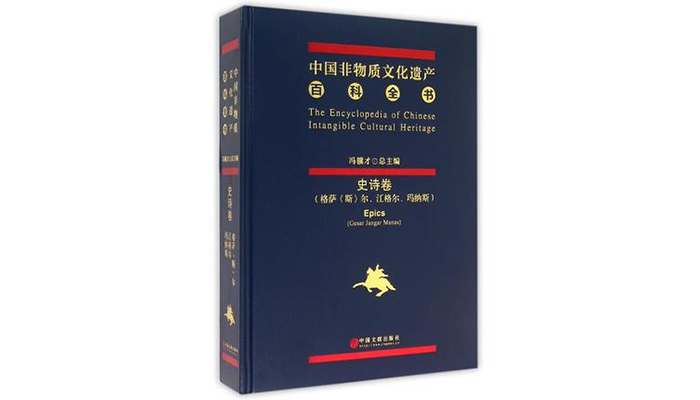
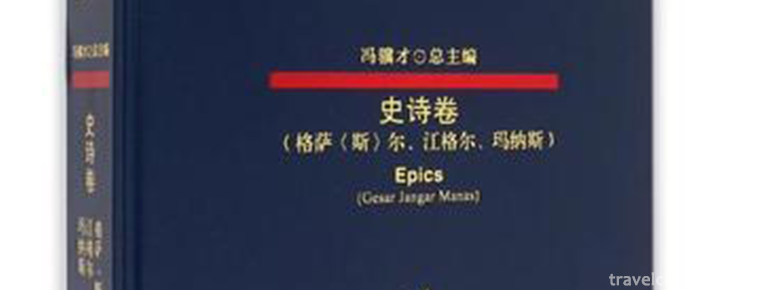
Gesar
-
Hakka stuffed tofu
Hakka-brewed tofu, also known as minced meat-brewed tofu and Dongjiang-brewed tofu, is one of Hakka's famous dishes and is said to be related to...
Views: 144 Time 2018-11-02 -
Huizhou stinky tofu
The common name of stinky tofu in Huizhou is "Big Dumb and stinky", which is a characteristic traditional snack in Huizhou, Anhui Province.
Views: 219 Time 2018-11-27 -
Inner Mongolia Autonomous Region Alshan Chaihe Tourist Scenic Area
Inner Mongolia Autonomous Region Alshan Chaihe Tourist Scenic Area/Chaihe Tourist Scenic Spot has a total area of 1368.7 square kilometers
Views: 193 Time 2018-12-02 -
Bayi Memorial Hall in Nanchang
The Bayiyi Memorial Hall in Nanchang was established in 1956 and officially opened to the outside world on October 1, 1959. In 1961, it was announced by the State Council as the first batch of key nat
Views: 185 Time 2018-12-31 -
Guangyou Temple Scenic Area
Guangyou Temple is located in Liaoyang City, Liaoning Province, with Baita in the West and moat in the east. It covers an area of 60,000 square meters. The central axis of the north and south is archw
Views: 168 Time 2019-01-13 -
Dai brocade weaving skills
Dai brocade weaving is one of the traditional handmade brocade weaving techniques in Xishuangbanna Dai Autonomous Prefecture, Yunnan Province, and one of the national intangible cultural heritage.
Views: 214 Time 2019-04-24 -
Di Shu boxing
Gejiquan is one of the rare traditional types of boxing in southern China, also known as "Gejiu Dog Method", "Dilong Quan" or "Dili Quan". It is commonly known as "D
Views: 445 Time 2019-04-26 -
Oroqen Folk Songs
The Oroqen nationality mainly distributes in the Oroqen Autonomous Banner, Buteha Banner of Hulunbeier League, Inner Mongolia Autonomous Region and
Views: 255 Time 2019-04-28 -
Ewenki costumes
The Ewenki people belong to the Tungusic race, and their clothing materials are mainly animal skins, as do the Tungusic people such as Manchuria and Xibo.
Views: 287 Time 2019-04-28 -
Tauk Taohu
Tao Ketaohu (May 13, 1864-April 1922), also translated as "Tao Ketao", Fuer Zhijin, Mongolian, the former Banner of Guoerros in Zhelimu League, Mongolian subordinate aristocrat of Nezhazazak
Views: 118 Time 2019-06-18 -
Zuo Gezhuang Club
Chongxin Village is located in Zuogezhuang, northeast of Wen'an County. Its economic prosperity and people's prosperity have become the material and cultural basis for the preservation and continuatio
Views: 393 Time 2019-08-16 -
Nanchong landform
Nanchong terrain inclines from north to south, with an altitude of 256-888.8 meters. The main geomorphic types are hills, and 1 / 3 of them are high hills and low mountains, middle hills and valleys, and low hills and dams. The geomorphic types of the whole city
Views: 343 Time 2020-12-17

